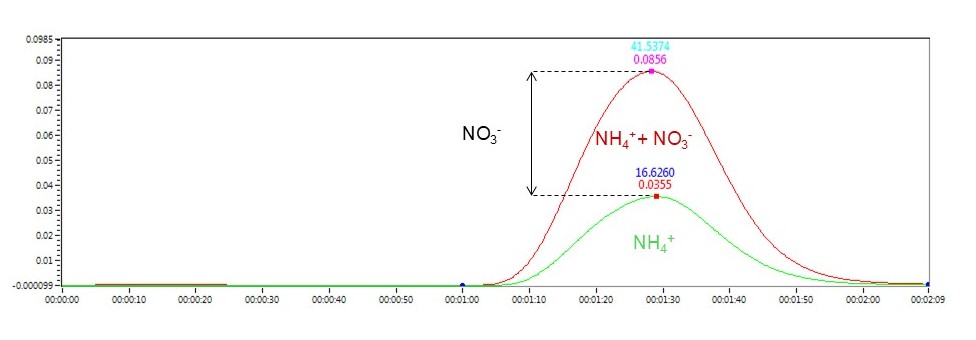Timberline Instruments has developed instruments based upon its novel gas diffusion/conductivity method for ammonia analysis.
The TL-2800 ASX analyzer is produced in two versions. One version is the TL2800A ASX. It is a highly sensitive Ammonia Analyzer. The second is the TL2800N ASX. It is a total inorganic nitrogen (TIN) analyzer and provides quantitative data on the total value of ammonia plus nitrate plus nitrite in an aqueous sample. Solutions for TIN are typically produced by pairing the two instruments, TL2800A ASX and the TL2800N ASX. This allows determination of Nitrate/Nitrite by subtraction of the Ammonia component from the TIN.
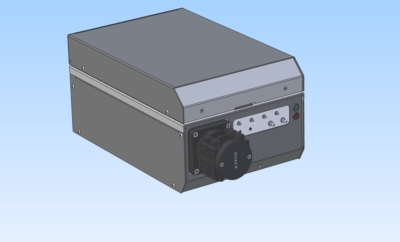
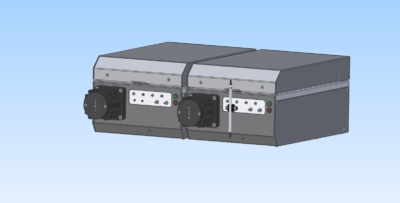
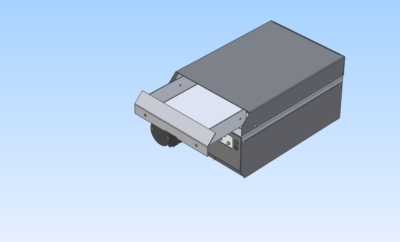
Ammonia Analysis Methodology
Ammonia analysis is accomplished by the TL2800A ASX. Samples are typically delivered to the instrument via an external autosampler which is controlled by the associated data/control software.
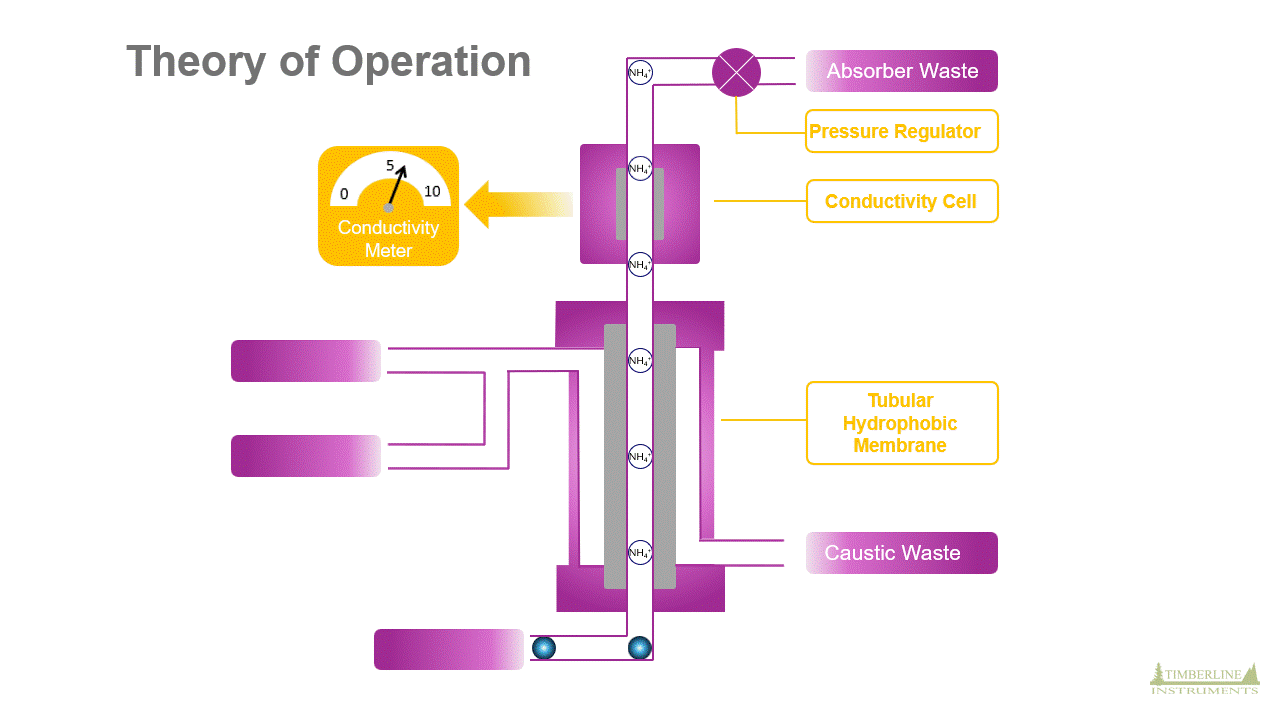
The Advantages:
The gas diffusion-conductivity analytical approach provides for a robust and highly sensitive method for determination of ammonia & ammonium content in aqueous samples. This analysis technique has several advantages when compared to alternative approaches including:
Adding Nitrates & Nitrites
It is possible to convert nitrates and nitrites to ammonium ion by reducing these species.
In the TL2800N ASX instrument, an activated zinc reduction cartridge is placed in the incoming sample stream. The converted nitrates and nitrites add to the existing ammonium ion concentration. All of these ionic species are converted to ammonia gas and measured employing the same analytical method presented above.
Interpretating the Signals
In the chart below, you can see two separate signals plotted versus time. These signals represent the results of the same sample analyzed with and without reduction of nitrate/nitrate species prior to analysis. The green trace is the result from analysis using the TL2800A ASX Ammonia Analyzer and the red trace is the result from analysis using the TL2800N ASX Nitrate Analyzer.
As you can see, the difference of these two signals represents the contribution from the nitrates/nitrites present in the sample.
